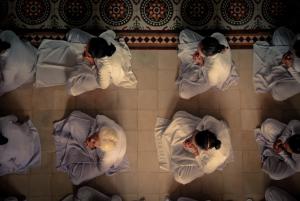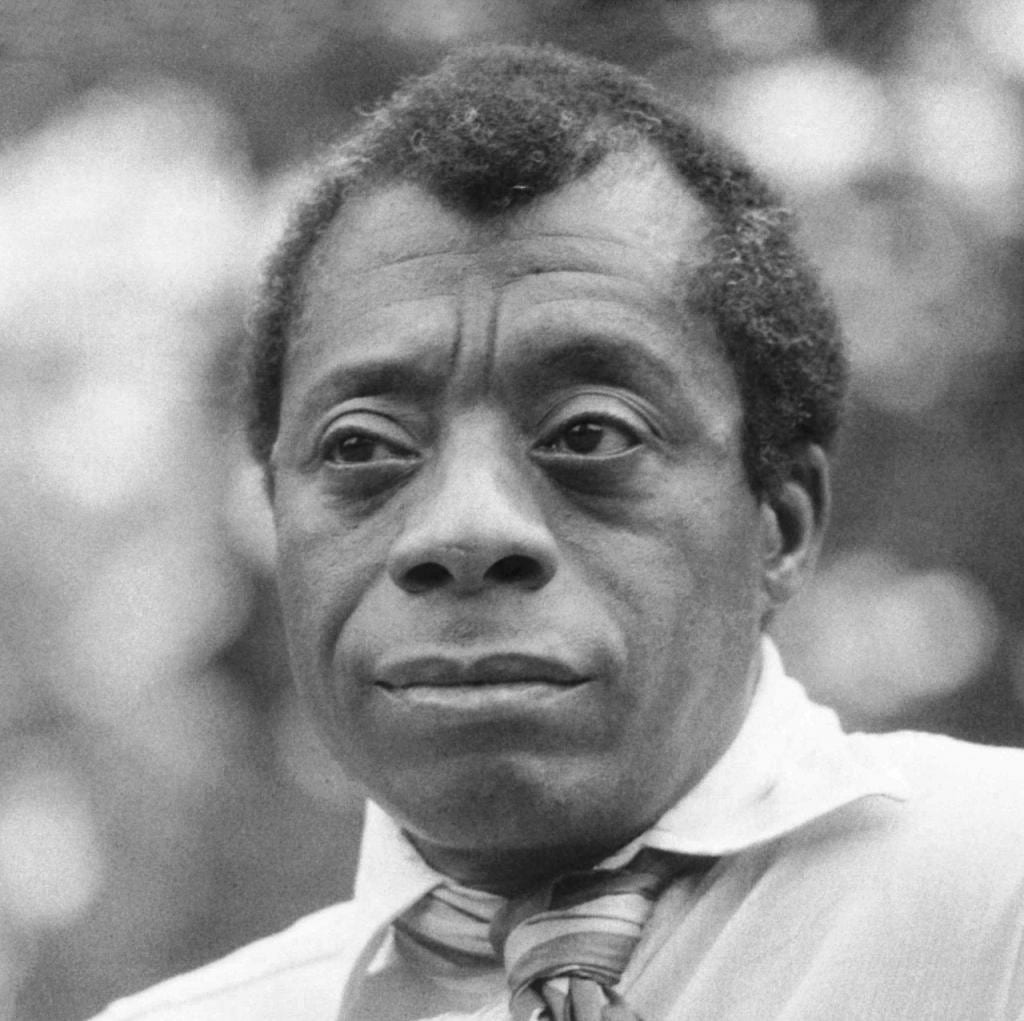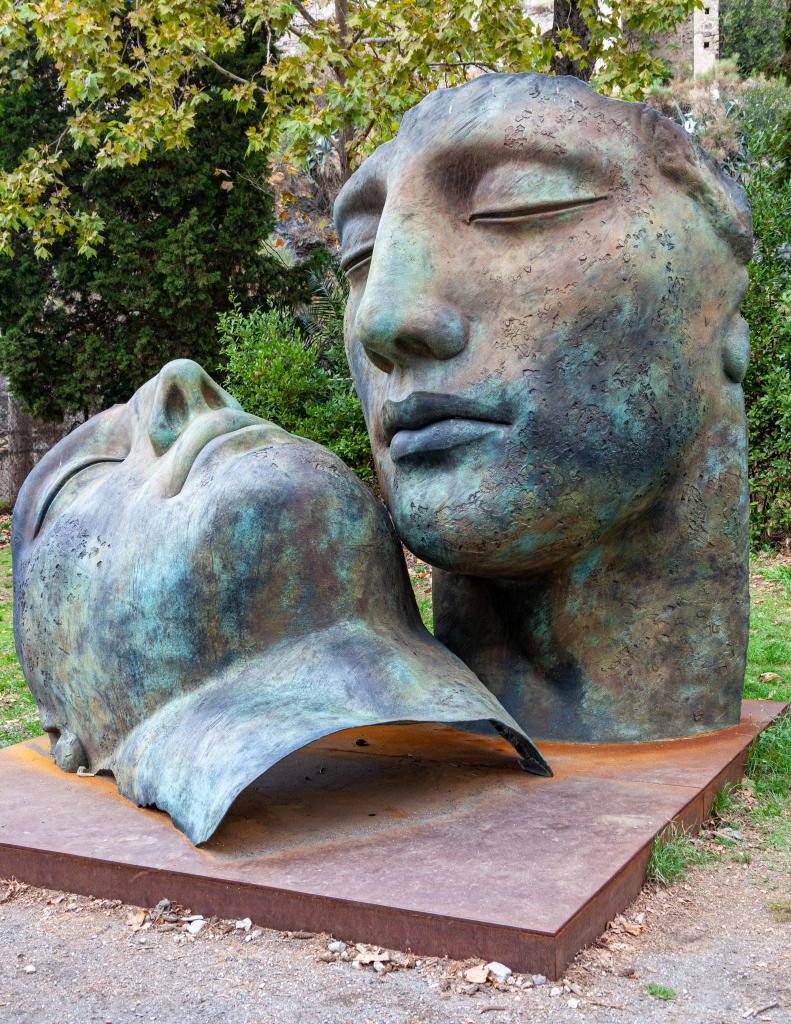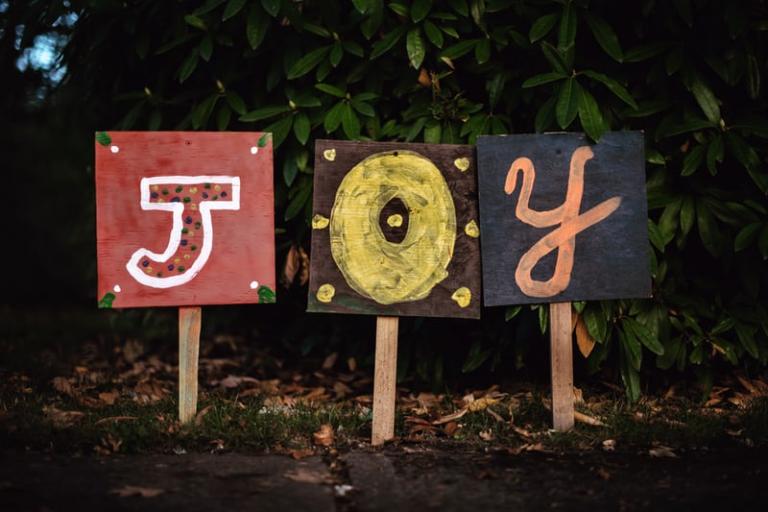Contemplation is not only personal, something to be pursued individually in the “prayer closet.” It can also be public and communal: the silent rest of savasana at the end of a sweaty yoga class. The hushed breathing and pause after a rousing live song. The inner silence amidst the flow of conscious movement and rhythm. The moment in church when the congregation prays together—not only in words, but in felt actuality. Legendary African-American mystic Howard Thurman prayed in his prayer closet, to be sure, but he also prayed in public and in community.
Howard Thurman was a longtime chaplain at Boston University’s Marsh Chapel, a co-founder of the inter-racial Church for the Fellowship of All People’s, a prolific writer, and more. He is a 20th-century spiritual giant whose work speaks powerfully to America’s moment of division.
Thurman’s inspiration touched the social justice movements of his day: Martin Luther King Jr. is said to have carried a copy of Thurman’s Jesus and the Disinherited with him during the Montgomery bus boycott. In 1935 Thurman joined a delegation of African-Americans to India, during which he visited Ghandi. He’s credited with being one of the spiritual links introducing nonviolence resistance to the civil rights movement.
Thurman also seems to be having a bit of an upsurge of interest in his work these fraught days: A documentary about his life entitled Backs Against the Wall came out in early 2019 and can be previewed here; at the Center for Action and Contemplation’s Conspire 2018 conference, noted activist-author Brian Mclaren engaged Thurman’s work as a conversation partner for his keynote presentation (you can find Mclaren’s PowerPoint slides here). Friends from the Shalem Institute for Spiritual Formation joined with other organizations in April 2018 for the “Sewanee Contemplative’s Exchange,” focusing solely on the “creative encounter of Howard Thurman.” A search of Patheos posts on Howard Thurman yields many results (for the story of Thurman meeting Ghandi, see this one).
Howard Thurman’s life is a holy synthesis of action and contemplation: a black preacher who challenged segregation and pioneered inter-racial worship in Jim Crow America, studied mysticism with a Quaker (Rufus Jones), and became an intellectual, soulful force of writing and preaching.
One aspect of his ministry that stirs me is his articulation of “collective contemplation.” He sought in worship services with congregants to collectively experience divine presence and love through prayer, silence, and deep listening. What’s more is that he was quite the liturgical experimenter in his day: he brought in dance, art, lectures, and inter-religious dialogue to a Protestant church when nearly noone was doing so. He articulates the collective depth dimension of a worship service in a way that still feels utterly fresh:
The “qualitative experience I sought for all who shared in the Fellowship [of all People’s] community–a search for the moment when God appeared in the head, heart, and soul of a worshipper. This was the moment above all moments, intimate, personal, private, yet shared, miraculously, with the whole human family in celebration. Often there was the need for quiet, for silence, to deepen the collective, corporate sense of worship, and many times during this period in the Sunday services there came “breaths” of waiting.” (With Head and Heart 159)

As someone who plans and leads worship services as a profession, I can tell you that this is not the norm. If only more leaders of worship were spiritually attuned to the rhythm of head, heart, and soul of their congregations! To make a generalization: evangelical churches often have the heart and soul without the head; mainline churches often have the head without the heart and soul.
To wade in these communal contemplative waters requires an expanded capacity in a leader to see, listen, and energetically perceive what people are experiencing, so as to respond in the moment through prayer, music, the cadence and tone of preaching, the physical organization of bodies in space, and more, so that the moment of graced God-encounter can take place. They don’t teach this in seminary, and in my experience, it only occurs rarely in mainline worship. But it is a transformational experience for which, I’m convinced, many are thirsty.
Photo by Kevin Bluer on Unsplash











